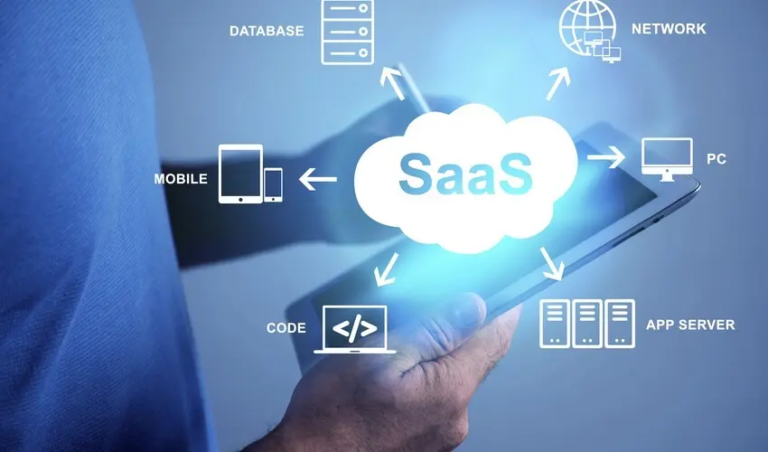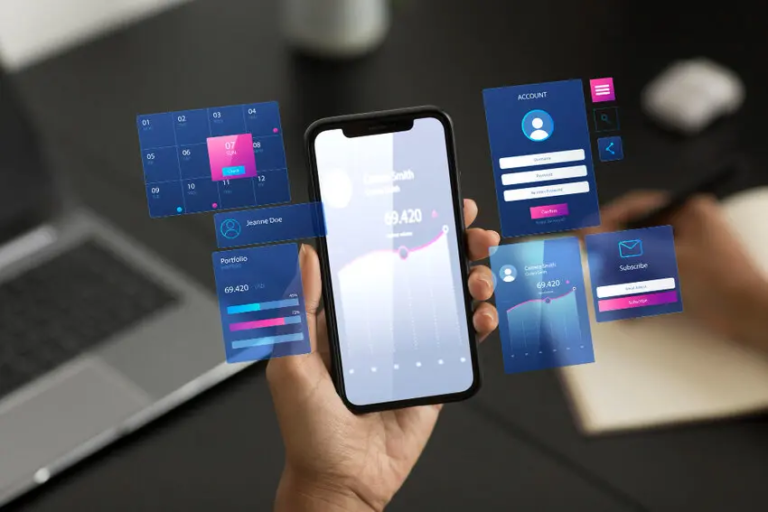Building a SaaS (Software as a Service) product can be exciting but also risky. Many startups fail because they launch too early or without testing their ideas. That’s why creating a SaaS MVP (Minimum Viable Product) is so important. It helps you test your idea, reduce risks, and attract early customers.
In this guide, we’ll explore how to build a successful SaaS MVP step-by-step — simply and practically.
What Is a SaaS MVP?
A SaaS MVP is the first basic version of your software product. It includes only the most important features that solve a specific problem.
The main goal of an MVP is to test your idea in the real market with minimal cost and effort. You collect feedback, learn from users, and improve your product over time.
For example, Dropbox started with a simple video showing its core idea — not the full software. The response proved that users wanted the solution, and the company built the complete product later.
Why You Should Build a SaaS MVP
Building an MVP gives you several benefits:
- Saves time and money – You focus only on what matters most.
- Validates your idea early – You can confirm if people actually need your solution.
- Reduces business risk – You avoid building a product no one wants.
- Helps attract investors – Real data from users impresses investors more than ideas.
- Encourages user feedback – Users help shape your future product through their experience.
Step 1: Define Your Target Audience
Before building your SaaS MVP, identify who will use your product. Define your ideal customer and understand their pain points.
Ask questions like:
- Who faces the problem I want to solve?
- What tools do they currently use?
- What frustrates them about existing solutions?
A clear understanding of your audience ensures you build something useful and valuable.
Step 2: Identify the Core Problem
Every successful SaaS product solves a clear problem. Focus on one specific issue that causes real pain.
Don’t try to solve everything at once. Instead, find one critical problem your product can fix better than others.
For instance, Slack started as a simple team communication tool. It solved the pain of messy internal emails — and that focus made it successful.
Step 3: Research Competitors
Study your competitors to find gaps and opportunities. Look at what they offer and where they fall short.
Tools like Crunchbase, G2, and Product Hunt can help you explore similar SaaS products.
Your goal is not to copy but to improve. Find a unique angle or feature that makes your product stand out.
Step 4: Choose the Core Features
A SaaS MVP should focus on key features only. Avoid adding too many functions in the first version.
List all possible features and then mark the ones that are essential to solve your users’ problem.
For example, if you’re building a project management tool, start with task creation, assignment, and progress tracking. Leave complex features like integrations or analytics for later versions.
Step 5: Select the Right Tech Stack
The right technology helps your MVP run smoothly. Choose tools and frameworks that allow quick development and scalability.
Common tech stacks for SaaS MVPs include:
- Frontend: React, Vue.js, or Angular
- Backend: Node.js, Python (Django), or Ruby on Rails
- Database: PostgreSQL or MongoDB
- Cloud Hosting: AWS, Google Cloud, or Azure
Keep it simple and cost-effective. Focus on speed and functionality rather than perfection.
Step 6: Design a Simple and Clear User Interface
A clean design improves user experience and reduces confusion. Your MVP should be easy to navigate and visually clear.
Use minimal design elements and focus on usability. Tools like Figma or Sketch can help design wireframes before coding.
Remember, the goal is to make it functional, not fancy.
Step 7: Develop and Test Your MVP
Once the design is ready, start development. Keep your team small — one designer, one developer, and one product manager can be enough for a simple MVP.
After building the first version, test it internally. Fix bugs, check speed, and ensure all basic functions work correctly.
Use tools like Postman (for API testing) or Selenium (for automation testing). A smooth MVP helps create a good first impression.
Step 8: Launch and Collect Feedback
Now it’s time to release your MVP to real users. Share it with a small group — maybe early signups or beta testers.
Ask for honest feedback on:
- Ease of use
- Missing features
- Overall experience
Use tools like Hotjar or Google Analytics to track behavior and engagement.
Analyze the data and decide what improvements should come next.
Step 9: Measure Success
Track key performance indicators (KPIs) to measure how your SaaS MVP performs.
Some useful metrics include:
- Number of signups
- Retention rate
- Active users
- Conversion rate
- Customer feedback score
These insights help you plan future updates and guide your full product development.
Step 10: Improve and Scale
After analyzing results, add new features or fix weak areas. Keep improving based on what users want most.
Gradual scaling ensures your system remains stable and your customers stay happy. Focus on continuous development — that’s how small MVPs turn into full, profitable SaaS products.
Common Mistakes to Avoid
When building a SaaS MVP, watch out for these common errors:
- Adding too many features too soon.
- Ignoring customer feedback.
- Skipping market research.
- Focusing only on design, not function.
- Launching without testing properly.
Avoiding these mistakes increases your chances of success.
Benefits of Building a SaaS MVP
Here’s a quick summary of the benefits:
- Faster market entry.
- Lower development costs.
- Easier to attract investors.
- Real data-driven improvements.
- Reduced business risk.
A SaaS MVP gives your idea the best chance to grow with real-world validation.
Conclusion
Building a SaaS MVP is a smart and efficient way to launch your software idea. It lets you test, learn, and grow without wasting time or money.
Start small, listen to users, and keep improving. Many successful SaaS products like Dropbox, Slack, and Airbnb began as MVPs. Your MVP might be the next one to change the market — but only if you start today.
FAQs:
A SaaS MVP is a simple version of a software product with essential features to test user interest.
It depends on complexity, but most MVPs take between 2 and 4 months to develop.
No. A small, skilled team can build an MVP efficiently using modern tools and frameworks.
Costs vary from $10,000 to $50,000 depending on features, design, and developer rates.
After launch, gather feedback, improve features, and prepare for the full product release.






